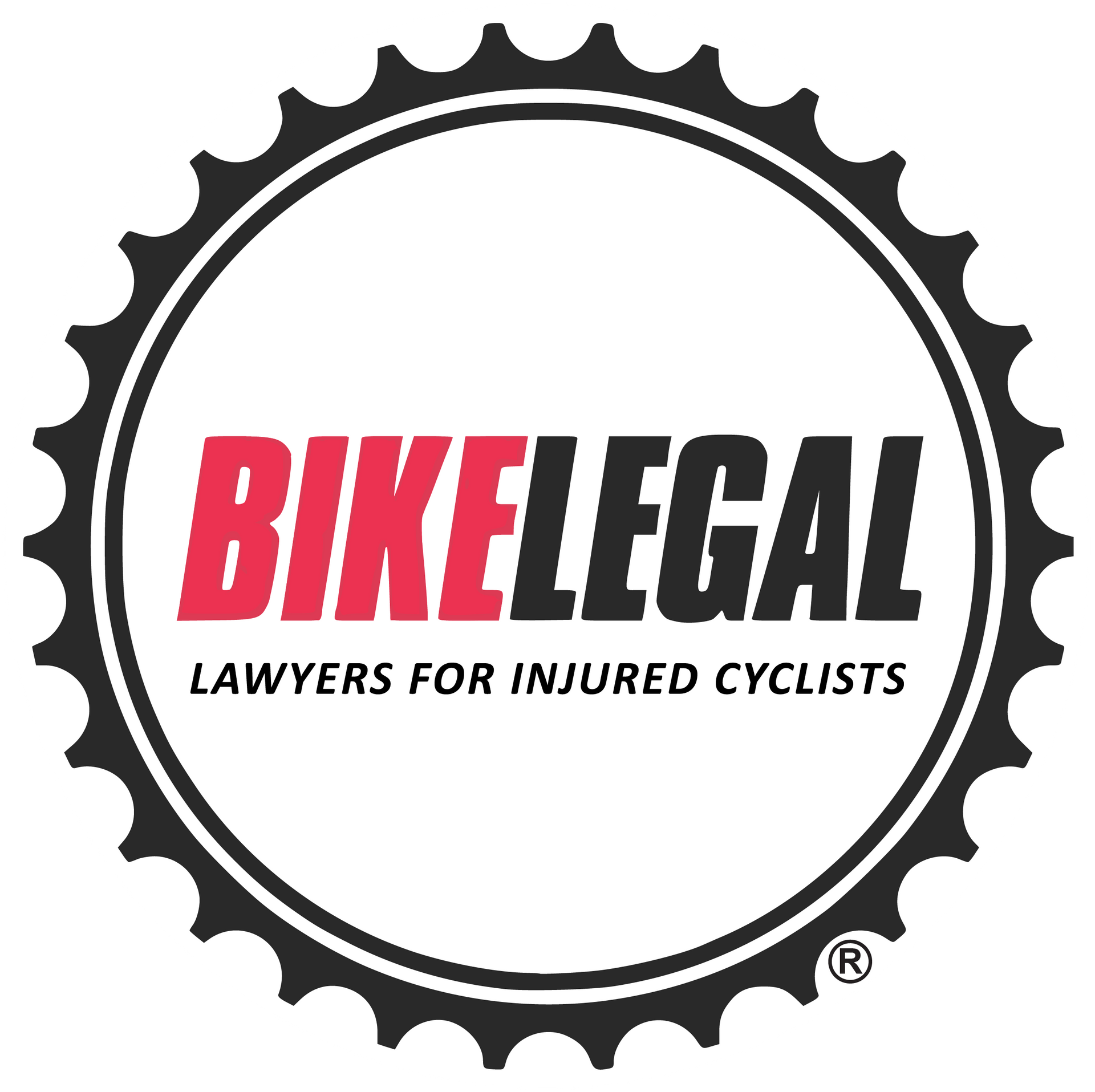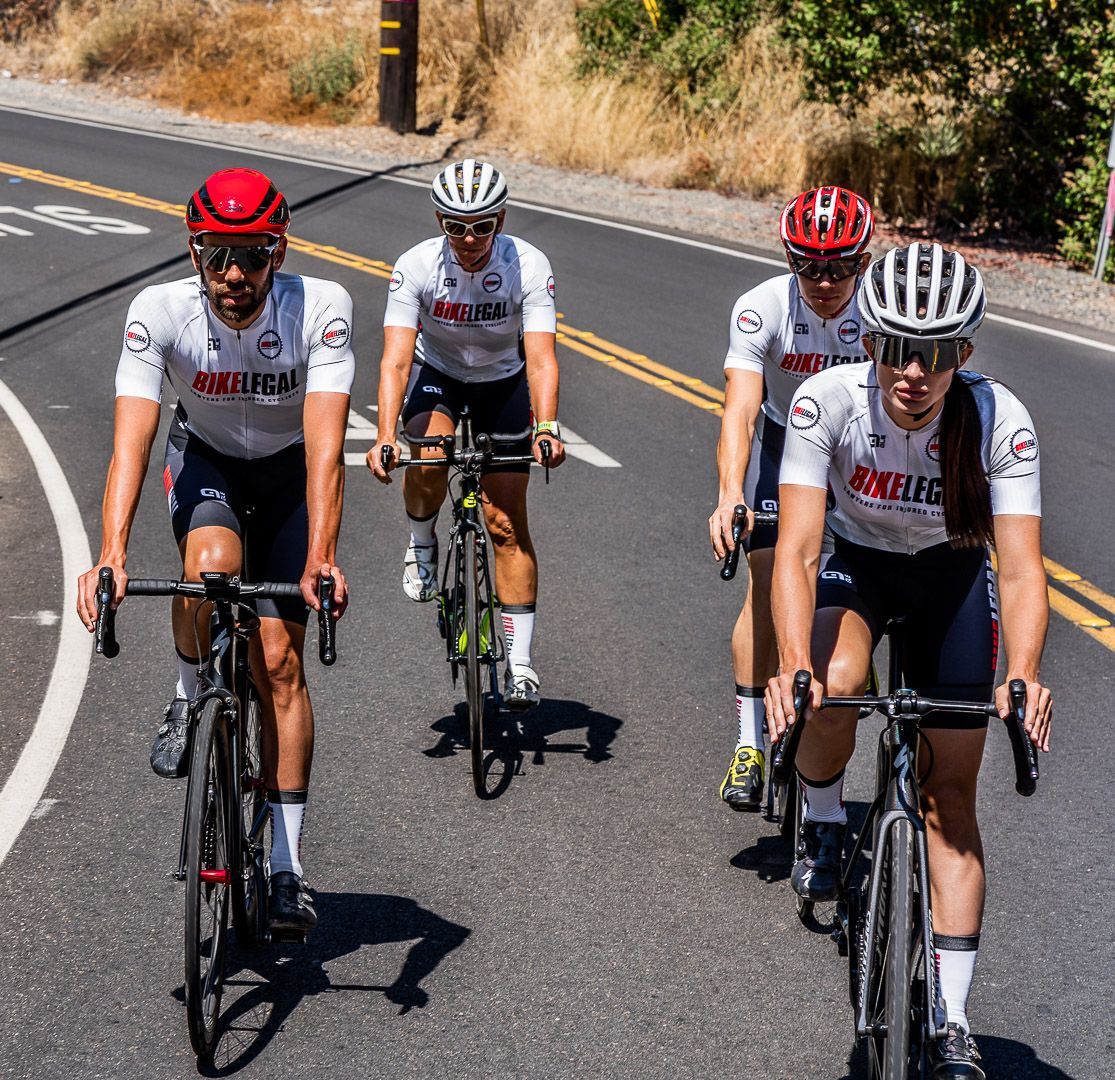What to Do After a Bike Accident: Step-by-Step Guide to Safety, Legal Protection, and Injury Treatment
Follow us on
social media!
What to Do After a Bike Accident: Step-by-Step Guide to Safety, Legal Protection, and Injury Treatment
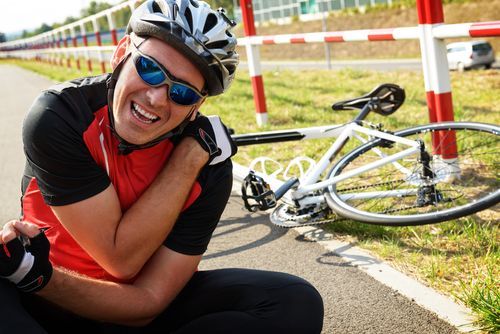
A bicycle accident can happen in an instant, and knowing what to do next is crucial for your safety, recovery, and legal protection. The National Safety Council reported 1,377 bicycle fatalities and 405,688 emergency room visits due to bicycle-related injuries during 2023. The rising popularity of E-bikes has contributed to this increase.
Unlike motorists, cyclists have minimal protection in a crash—often just a helmet and clothing. The decisions you make immediately after an accident can impact your physical recovery and legal case.
This guide provides a step-by-step breakdown of what to do after a bike accident, covering safety procedures, legal actions, and injury treatment to help you protect your health and financial well-being.
Quick Action Checklist: What to Do After a Bike Accident
Follow these key steps immediately after a bicycle crash:
✔
Move to safety and check for injuries
✔
Call 911 if needed (police and medical help)
✔
Document the accident (photos, witness statements)
✔
Do NOT admit fault or discuss blame
✔
Seek medical attention, even if you feel fine
✔
Preserve evidence (bike, helmet, gear)
✔
Contact a bicycle accident attorney before talking to insurance
What to Do After a Bicycle Accident
When the unexpected happens, and you find yourself in the aftermath of a bike accident, the steps you take can significantly impact your recovery and any potential legal proceedings. Here’s a breakdown of how to ensure you’re protected on all fronts.
1. Ensure Safety and Assess Injuries
Your safety is the first priority. Follow these steps immediately after a cycling accident:
- Move out of traffic if possible to avoid further injury.
- Contact Emergency Personnel if you are in pain, have difficulty moving, or are unsure about injuries.
- Check for injuries—adrenaline may delay pain, so look for cuts, bruises, or fractures.
- Inspect your head and helmet—a cracked helmet may indicate a head injury, even if you don’t recall hitting your head.
- Symptoms like headache, dizziness, or nausea may signal a concussion or traumatic brain injury (TBI).
- Always wear a helmet to reduce head injury risk. A Norwegian Institute of Transport study found that helmets reduce head injuries by over 60%.
- Read our full article:
Bike Accidents Without Helmets.
2. Call the Police and Report the Incident
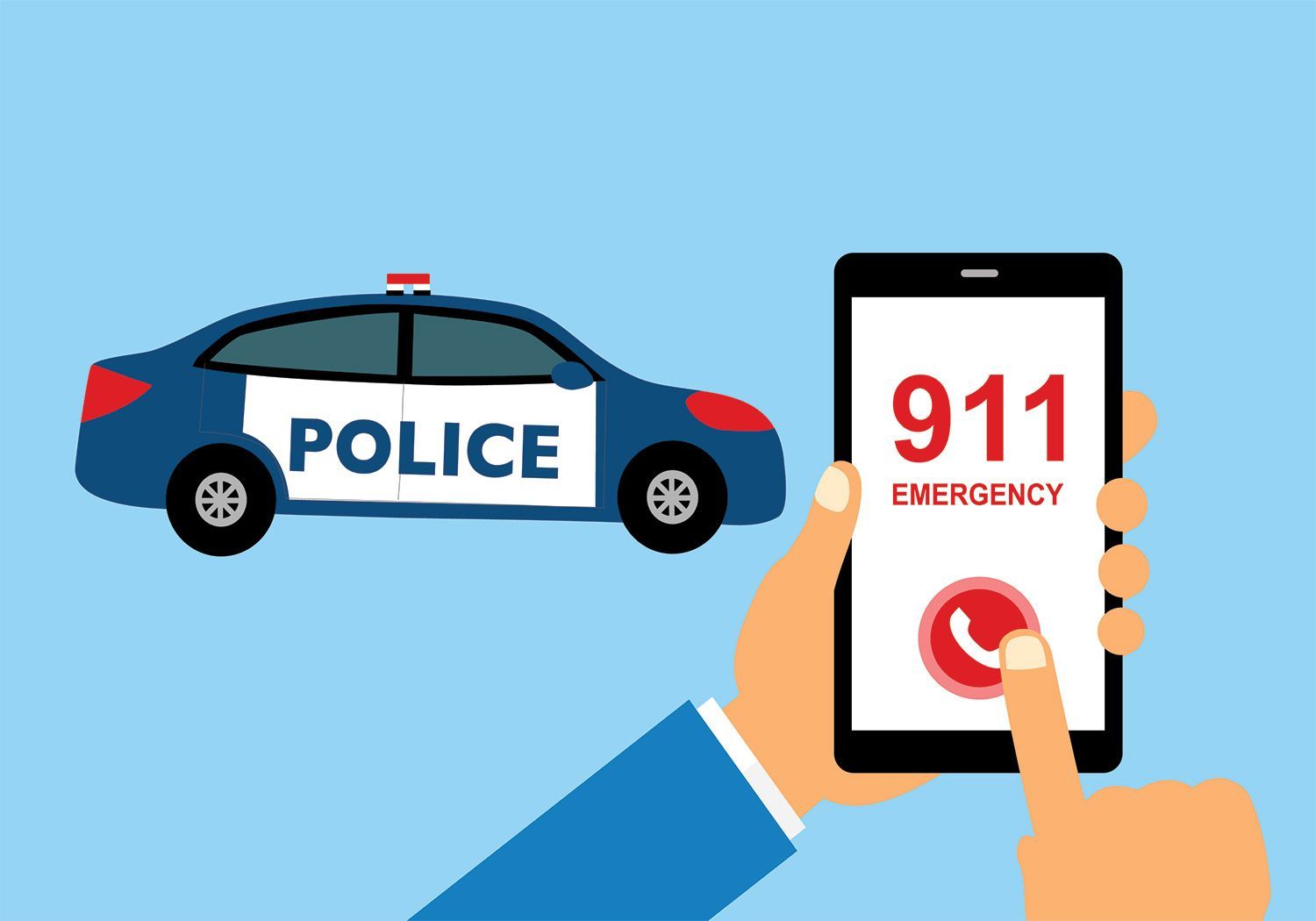
- Call 911 – Request medical assistance if needed and ask for police presence.
- File a Police Report - also known as a Collision Report
- Ask for the Collision Report Number – This is crucial for insurance and legal cases.
- Get the Officer’s Contact Info – Request their business card or badge number for follow-ups.
Why a Police Report Matters:
- A police report provides official documentation of the bike accident, which is essential for insurance claims and legal proceedings.
- In many states, filing a report is required for accidents involving injuries or property damage.
- If law enforcement refuses to file a report, document the incident yourself and report it to local authorities.
Many cities no longer require police officers to file reports for minor collisions unless significant injuries or major property damage are involved. This leaves bike crash victims to gather all evidence on their own at the scene. Learn more about LAPD’s New Policy Leaves Crash Victims Without Police Reports.
3. Document the Accident Scene
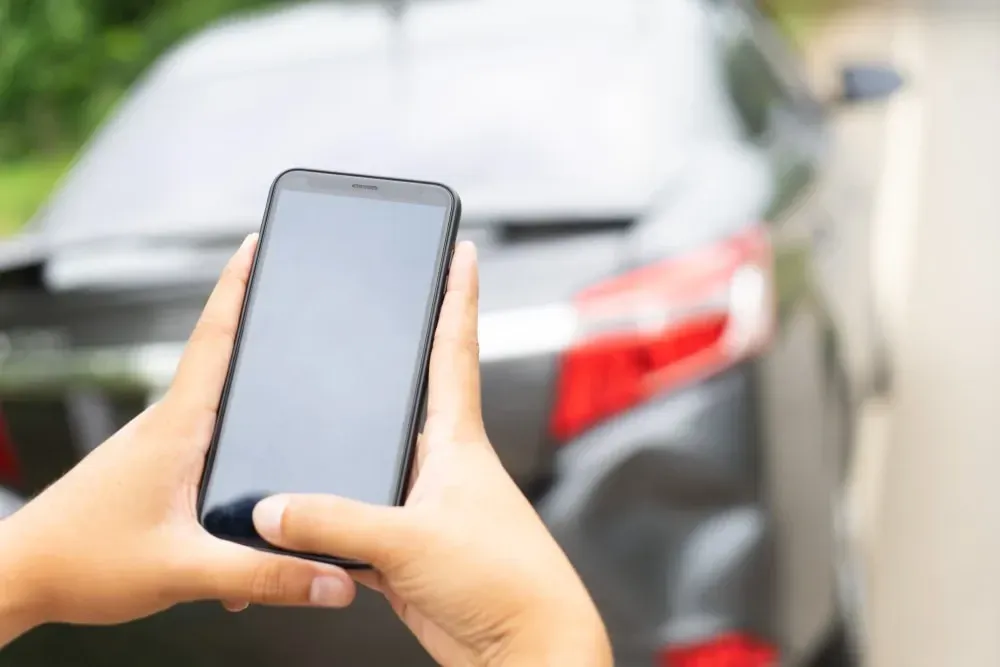
Collecting evidence is crucial to prove fault and protect your rights.
What to Document at the Bicycle Crash Site:
- Get the Other Parties Details: Obtain the driver’s name, contact info and insurance details
- Take Photos: Capture vehicle positions, damages, injuries, road conditions, and traffic signs.
- Gather Vehicle Details: Record the car’s make, model, color, and license plate.
- Obtain Witness Information: Ask for names, contact info, and statements.
- Document Road Conditions: Document any hazards, debris, or poor visibility that may have contributed.
4. Do Not Engage in Discussions About Fault
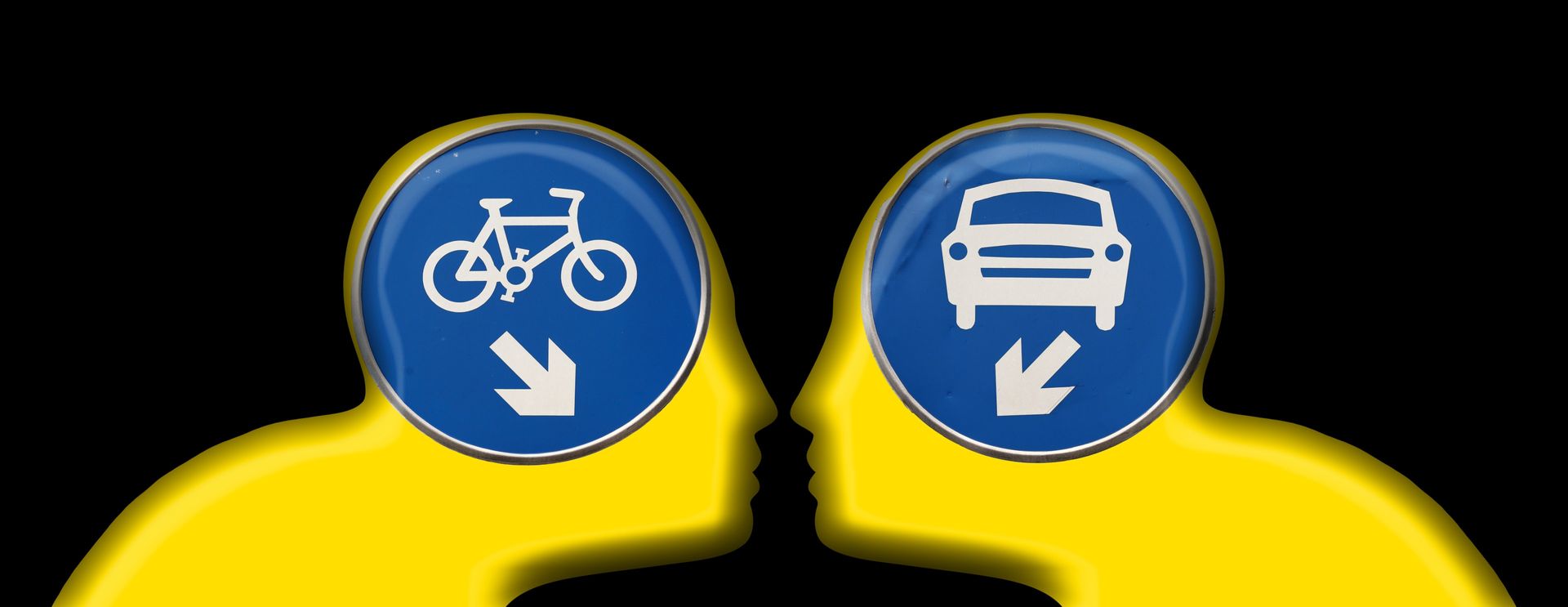
Avoid admitting fault or making statements about the accident at the scene.
- Do NOT accept blame, even if you think you may have contributed.
- Do NOT negotiate with the driver or their insurance company.
- Speak with an attorney before providing any official statements.
Avoid Communicating with Insurance Companies
Be cautious if you receive a call from an insurance adjuster asking for your side of the story. Their goal is to minimize the payout for your claim—not to help you.
📖 Learn more: What Not to Say to Insurance Companies.
Understanding Shared Fault & Comparative Negligence
Many states follow comparative negligence laws, meaning your compensation may be reduced if you share fault.
Example: If you’re found 30% at fault, a $100,000 settlement would be reduced to $70,000.
📖 Learn more:
The Advantages of Hiring a Bicycle Accident Attorney in Cases of Shared Fault.
5. Seek Medical Attention

Even if you feel fine, injuries like concussions and internal bleeding may not show immediate symptoms.
Key Medical Steps After a Bicycle Accident:
- Call 911 if you suspect serious injuries.
- Document Injuries by taking photos as they change over time
- Get checked out by your GP to ensure injuries are documented for insurance claims.
- Monitor for delayed symptoms, such as dizziness, headaches, or soreness.
6. Contact a Bike Accident Attorney

Why You Need a Lawyer:
- Expertise in bicycle laws and rights—a bike accident attorney understands laws and local regulations.
- Insurance companies aim to minimize payouts—a lawyer fights for your compensation.
- Case evaluations are free—know your options before accepting a settlement.
- Bike Legal works on a contingency fee basis—you only pay if we win your case.
📖 Learn more: Why Should You Hire a Bicycle Accident Attorney
7. Preserve Evidence
Keep all accident-related items in their original condition:
- Keep your crashed bike and damaged gear in their post-accident state.
- Do not wash any items until they are documented for property damage claims.
- Take detailed photos of all damaged items
8. Keep Detailed Records
Document everything related to the bike accident:
- Maintain receipts for all expenses including medical, lost wages, and property replacement.
- Keep a journal tracking pain levels, symptoms, and recovery progress.
- Document interactions with doctors, police, and insurance companies.
Bike Accident Injury Treatment

Bicycle accident injuries can range from minor bruises to serious injuries requiring medical intervention. Proper injury care is essential for a full recovery and preventing complications.
Even if your injuries appear to be minor, always consult your doctor so your injuries can be documented and you can receive professional advice on treatment.
Immediate Treatment for Injuries
- For cuts and road rash: Clean wounds thoroughly with antiseptic and cover with a bandage to prevent infection.
- For sprains, bruises, and minor fractures: Follow the RICE method—rest, Ice, Compression, and Elevation—to reduce swelling and pain.
- For muscle soreness: Alternate between ice and heat therapy, take warm baths with Epsom salts, and consider gentle stretching.
- For pain management: Use over-the-counter medications like ibuprofen or acetaminophen to reduce discomfort and inflammation.
When to Visit the ER or Urgent Care
- If you suspect a concussion, especially if you experience confusion, dizziness, or nausea.
- If you have a deep wound that won’t stop bleeding after applying pressure for 15 minutes.
- If you suspect a broken bone or joint dislocation.
Long-Term Recovery and Rehabilitation
- Physical therapy may be necessary to regain mobility and strength for significant injuries.
- Adequate rest and hydration aid faster recovery.
- A nutrient-rich diet with proteins, vitamins, and minerals supports healing.
- Mental health support may be necessary if experiencing PTSD or fear of riding again.
Bike Accidents Involving Other Cyclists, Pedestrians, Road Hazards, and Dogs
Steps to Take After Cyclists vs. Dog Accidents
- Identify the dog’s owner and obtain their contact information, if possible.
- Take photos and videos of the scene, your injuries, the dog, and any damages to your bike.
- Report the incident to local animal control or law enforcement if the dog was unrestrained or aggressive.
- Gather witness statements from anyone who saw the incident.
- Consult a bicycle accident attorney to understand your legal options and seek compensation for injuries and damages.
Bicycle crashes due to pets are more common than you think. To learn more, read our article
Dog-related Bicycle Accidents- Legal Options for Injured Cyclists

Steps to Take After Cyclist vs. Cyclist Accident
- Exchange names, contact information, and homeowners or renters insurance details.
- Photograph bike damage, injuries, and the surrounding area.
- Collect witness contact information and statements.
Steps After a Bicycle Crash Due to Unsafe Road Conditions
- File a police report to document the road hazard.
- Photograph the hazard (potholes, cracks, missing signs, debris).
- Note the location (street names, landmarks).
- Report the hazard to local authorities and keep a copy of the complaint.
- Consult a bicycle accident attorney to explore compensation options.
Read our article, Bicycle Accidents Due to Unsafe Road Conditions, for a detailed guide.
Steps to Take After Bicycle Accidents Involving Pedestrians
- Exchange names and contact information.
- Take pictures of injuries and the accident scene.
- Document pedestrian paths, bike lanes, traffic signals, and any signage.
- Collect witness contact information and statements.
Our article, Cycling Accidents with Pedestrians, offers an in-depth look at the causes, legal rights, and prevention of these incidents.
Ride Protected, Ride Safe, with Bike Legal
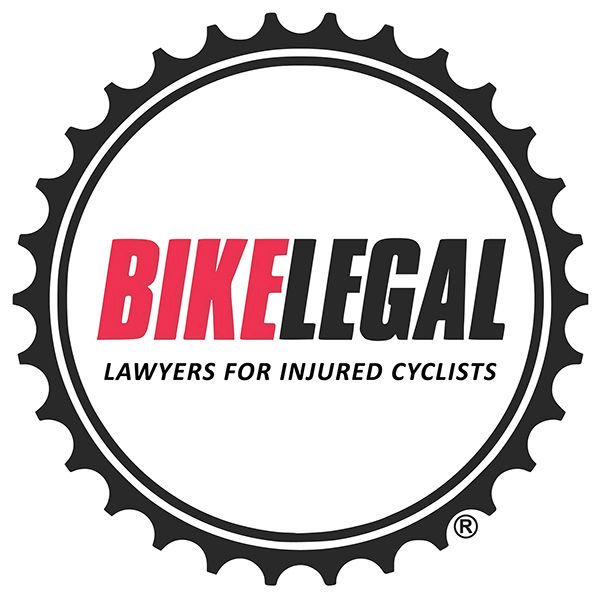
A bike accident can change your life in an instant—but knowing what to do next can make all the difference. Don’t navigate the legal process alone.
Contact Bike Legal today for a free consultation at
877-BIKE LEGAL (877-245-3534)
FAQ's
Q: How much compensation will I get for a bike accident?
A:
The amount of compensation depends on factors such as medical expenses, lost wages, bike repair costs, pain and suffering, and the severity of injuries. Consulting a bicycle accident attorney can help determine the potential value of your claim.
Q: How long after an accident should you see a doctor?
A: You should see a doctor immediately after a bike accident, even if you feel fine. Some injuries may not show symptoms right away but can worsen over time. Prompt medical attention also ensures proper documentation for insurance and legal claims.
Q: Should I file a police report after a cycling accident?
A: Yes, filing a police report is
essential if the accident involves:
- A motor vehicle
- Injuries (even minor ones)
- Property damage
A police report provides official documentation, which is critical for insurance claims and legal proceedings. If law enforcement refuses to file a report, document the incident yourself and report it to local authorities.
Q: What is the most common injury in a bike accident?
A: The most common injuries in bike accidents include:
- Road rash
- Bruises and fractures
- Concussions and traumatic brain injuries (TBI)
- Soft tissue injuries (sprains, strains, ligament damage)
Among these,
head injuries—ranging from mild concussions to TBIs—are the most serious.
Wearing a helmet reduces the risk of head injuries by over 60%
